
In the shadows of history, an ambitious project from the early 2000s still sparks the imagination of military tech and aviation enthusiasts: the FB-22, a bomber variant of the legendary F-22 Raptor.

The U.S. Air Force entertained the idea of transforming its premier stealth air superiority fighter, the F-22 Raptor, into a medium-range bomber – the FB-22.
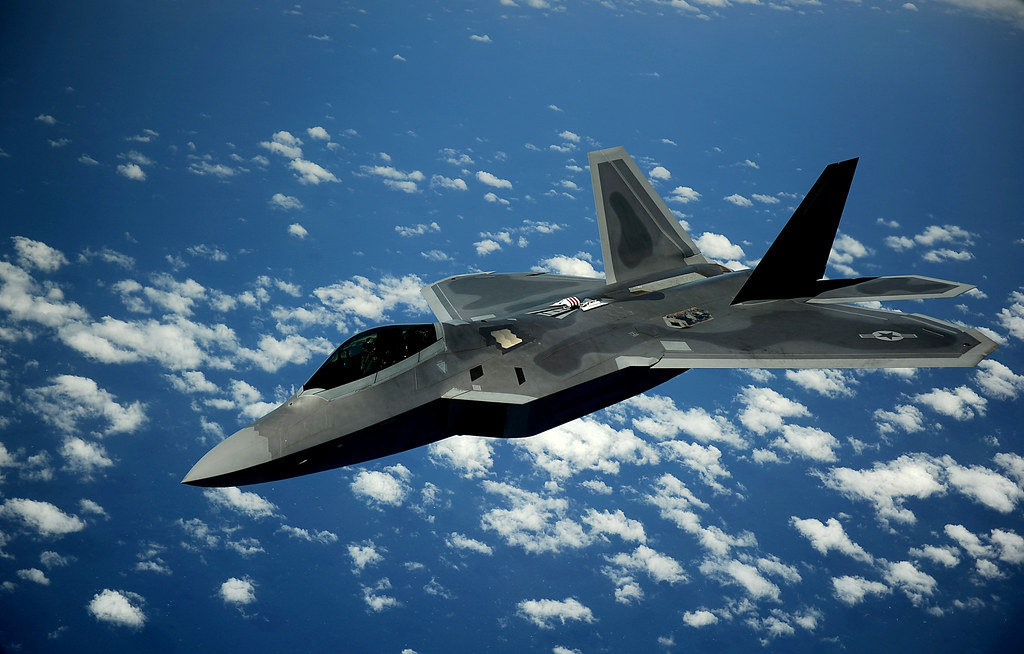
The initiative aimed to leverage the F-22’s stealth and supersonic capabilities to slip past enemy defenses and deliver precision munitions, such as the Joint Direct Attack Munition (JDAM).
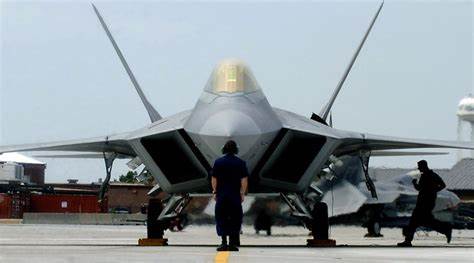
The plan, supported by then-Secretary of the Air Force James Roche, envisioned a bomber that would fill a critical gap in the arsenal.
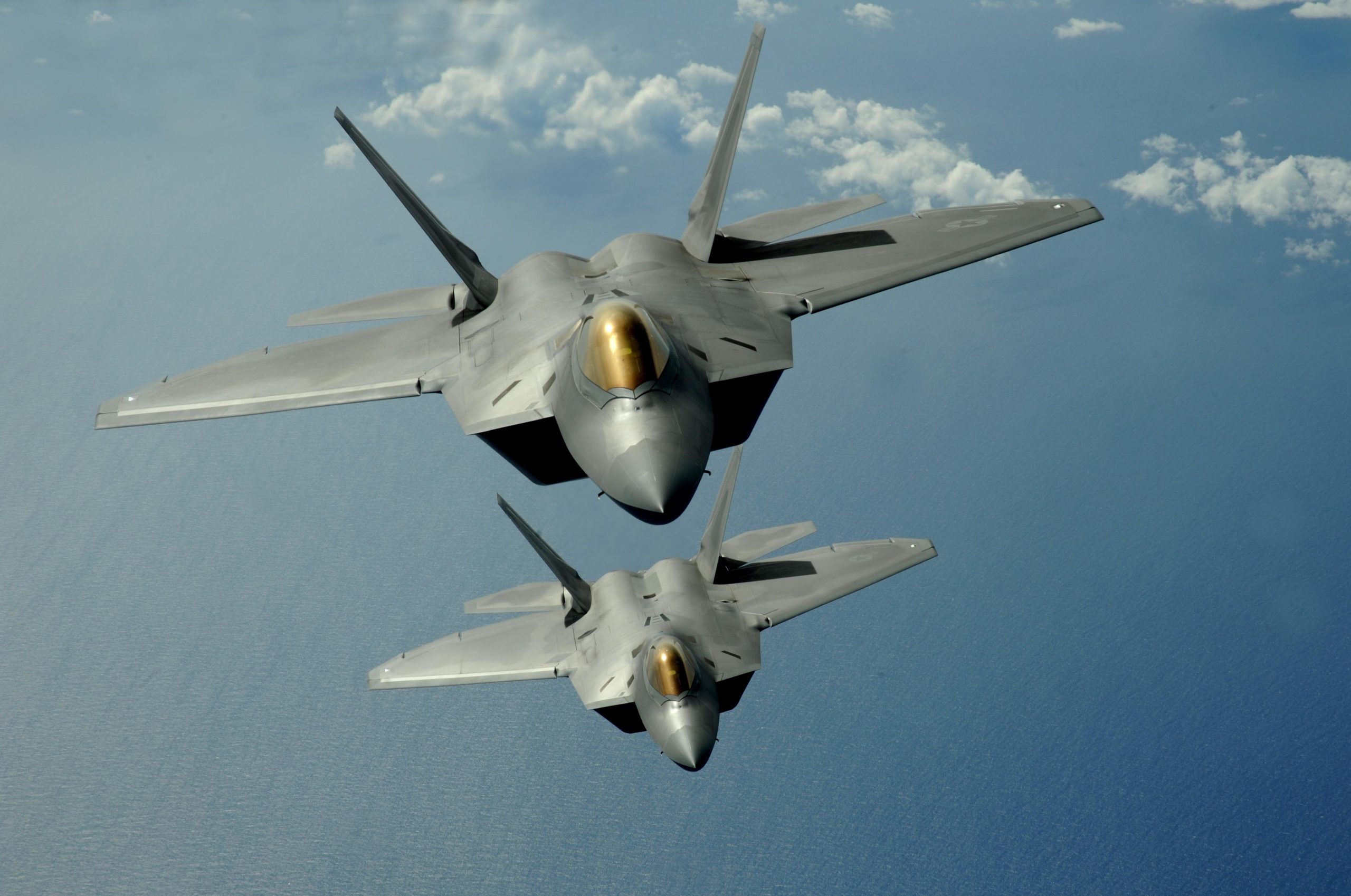
The F-22 had already demonstrated its prowess in 2006 by successfully test-dropping a JDAM from 50,000 feet at Mach 1.5, revealing its potential as a standoff bomber.
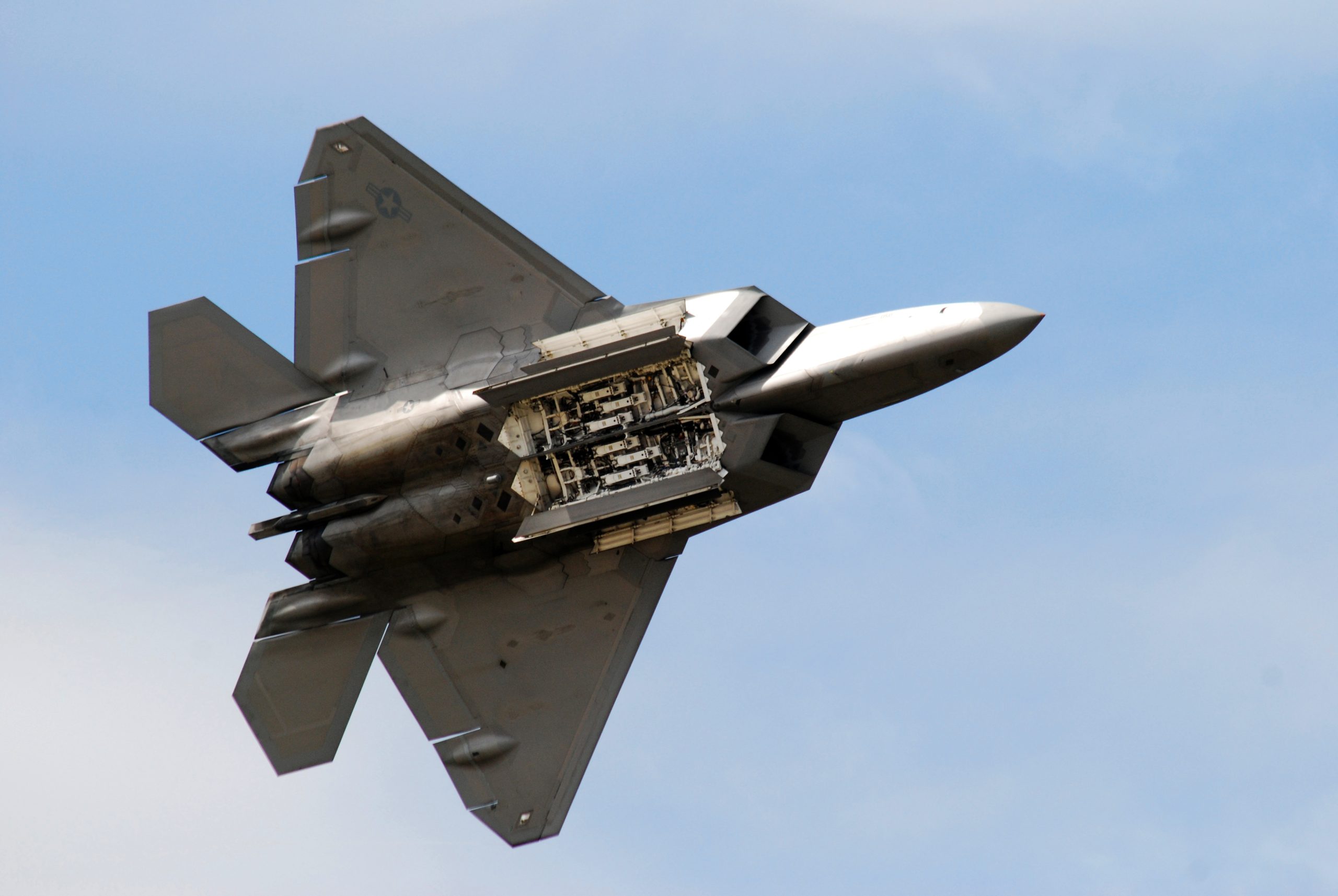
Roche was enthusiastic, with aspirations for the Air Force to acquire 150 FB-22 units.
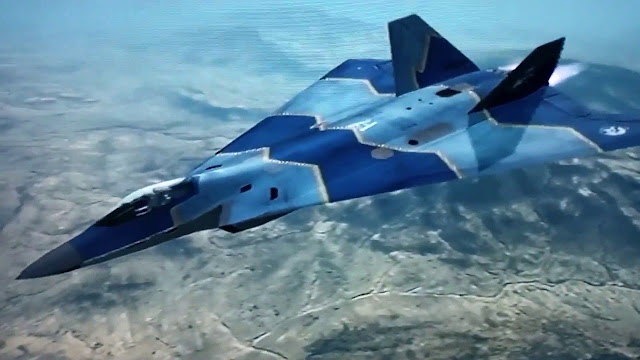
However, the FB-22 required substantial modifications to the Raptor’s airframe. These changes included an extended fuselage, potentially a delta-shaped wing, and a second cockpit for a co-pilot/weapons officer.
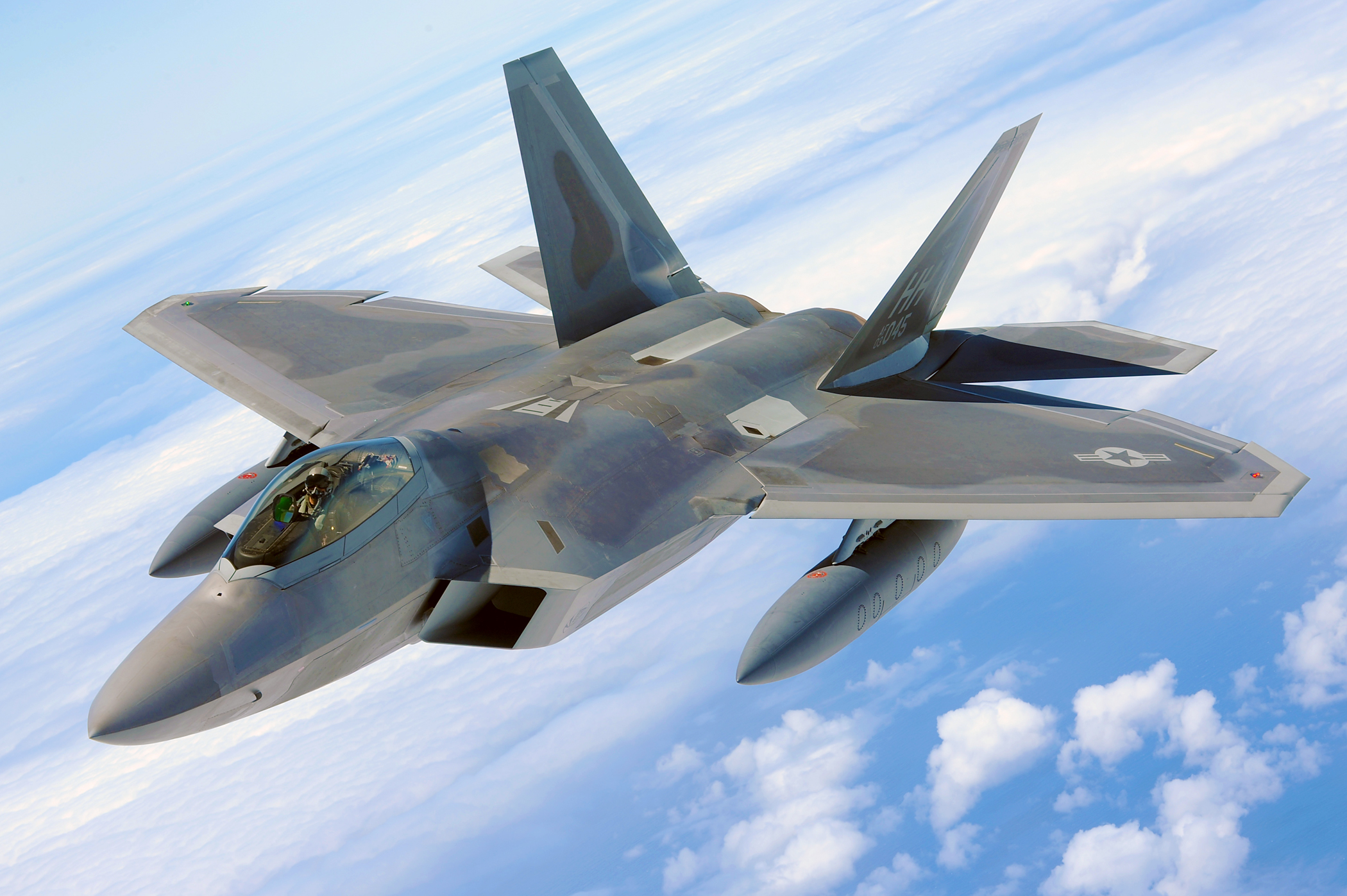
But these alterations threatened to compromise the aircraft’s stealth characteristics, a troubling predicament for a platform that relied on invisibility for its edge.
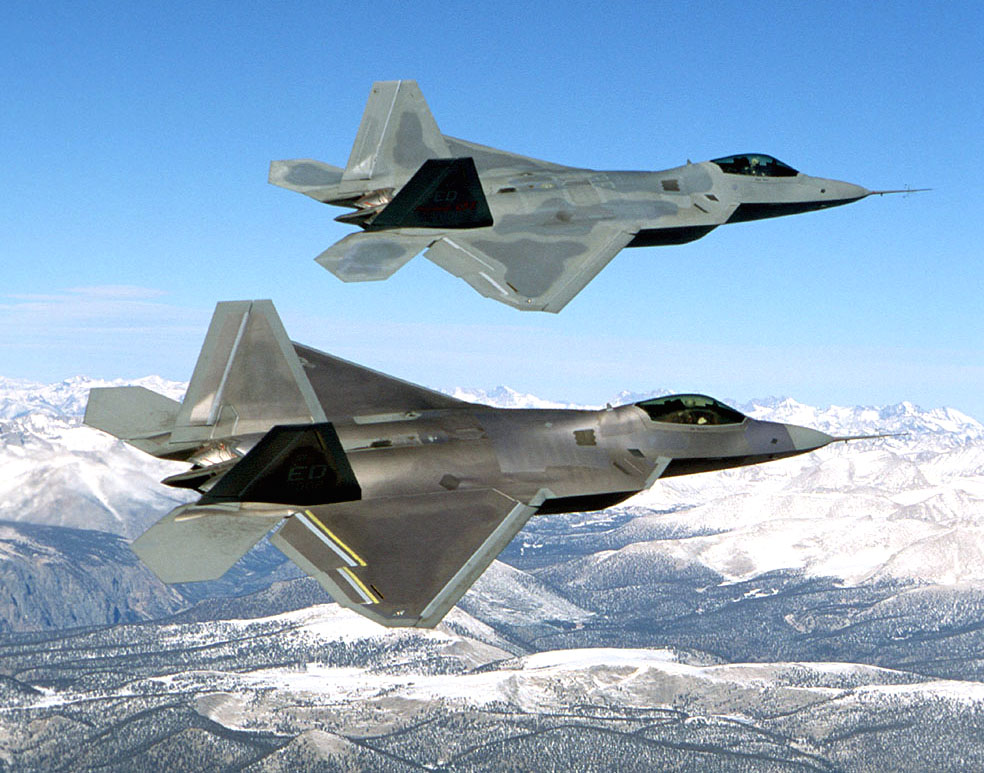
The issue of maintaining stealth while increasing payload was a delicate balancing act.
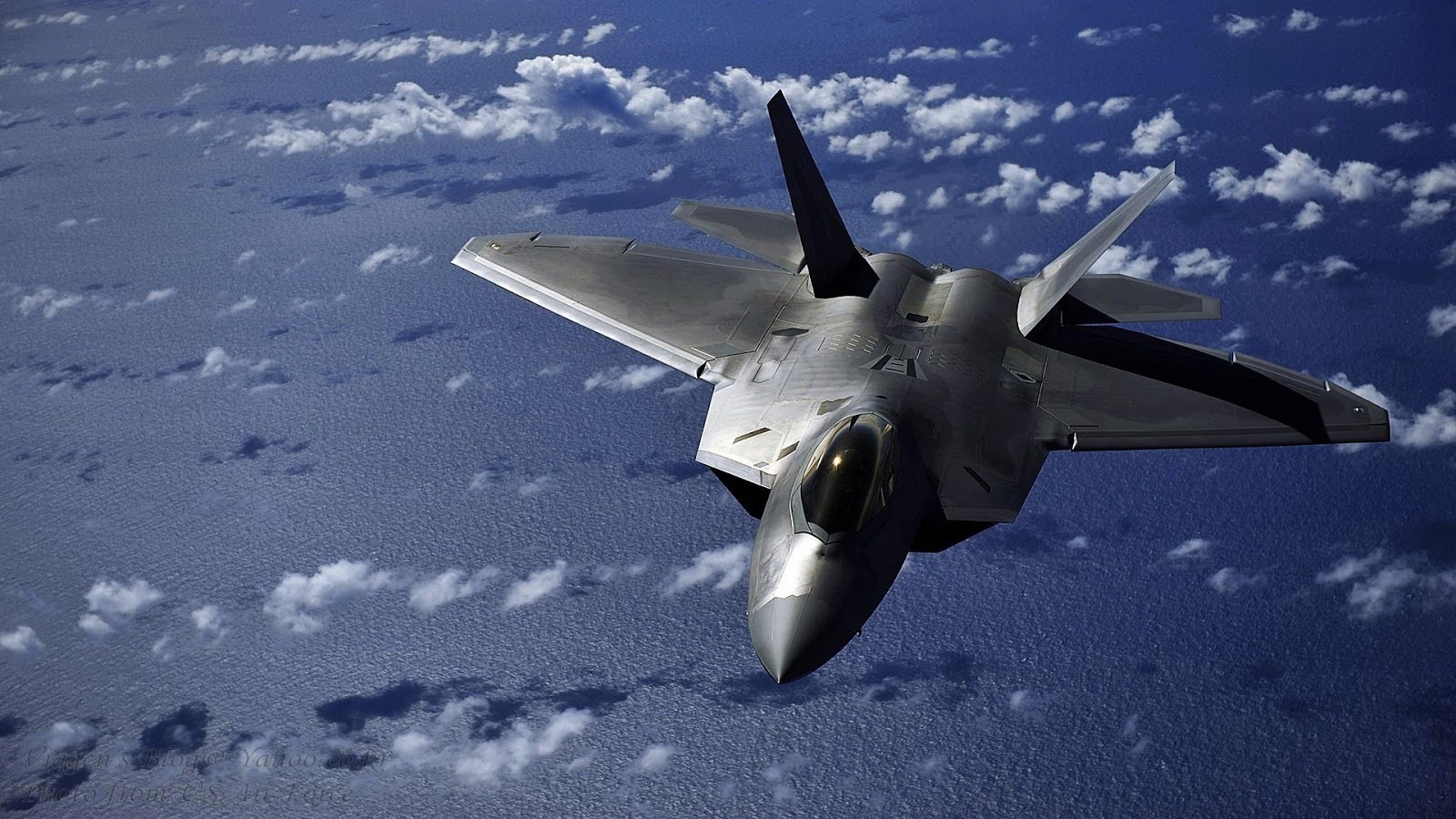
The FB-22’s design sought to address these concerns, proposing larger, fuel-efficient delta wings to carry more ordnance without sacrificing stealth.
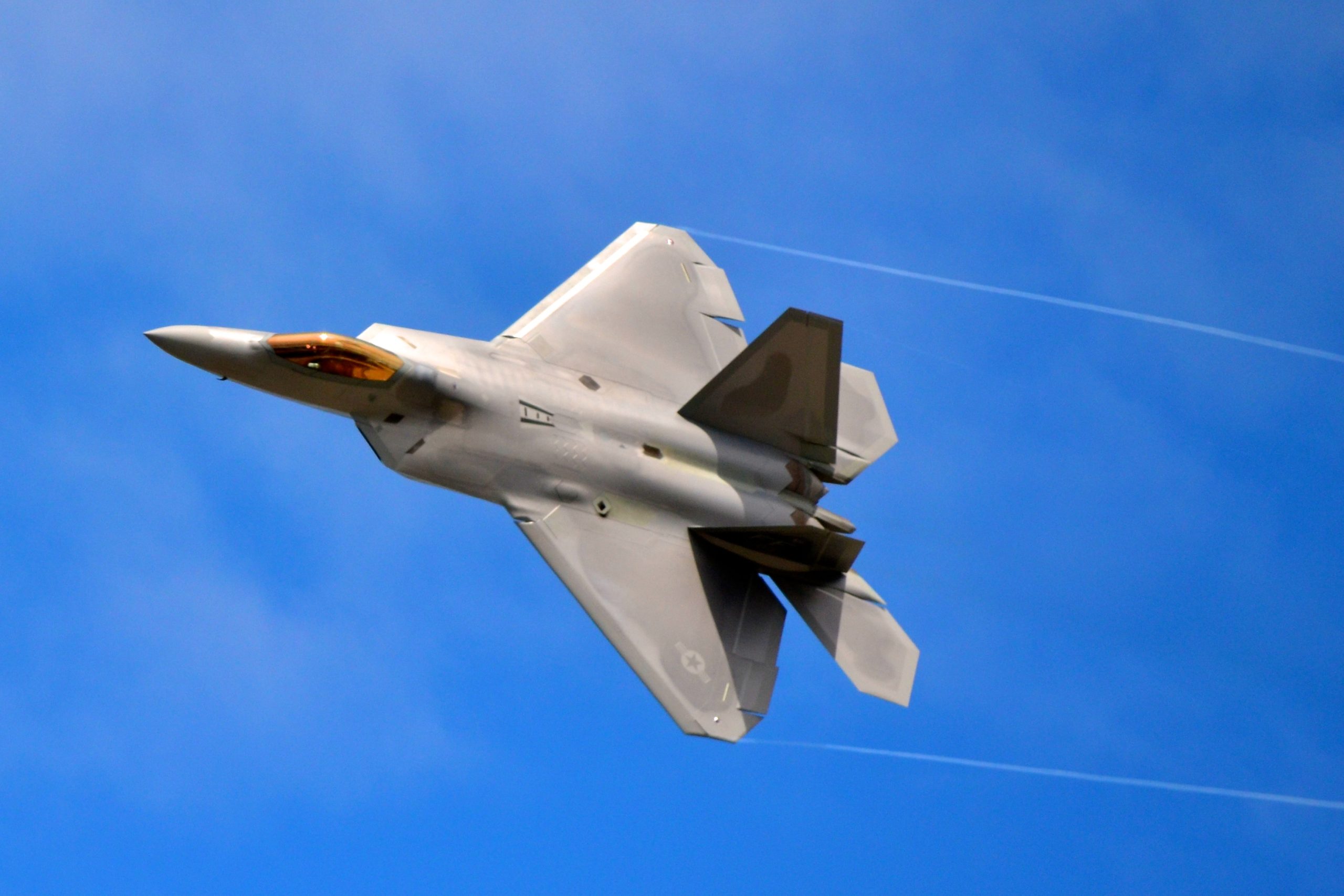
The envisioned bomber could carry an impressive 35 250-pound small-diameter bombs, dwarfing the F-22’s capability of eight.
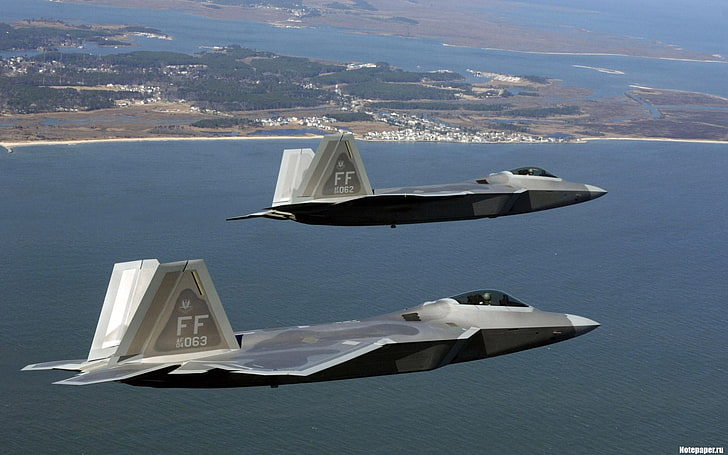
Moreover, the FB-22 would not only pack a larger payload but also heavier munitions, with the expanded bomb bay doors accommodating weapons up to 2267 kg.
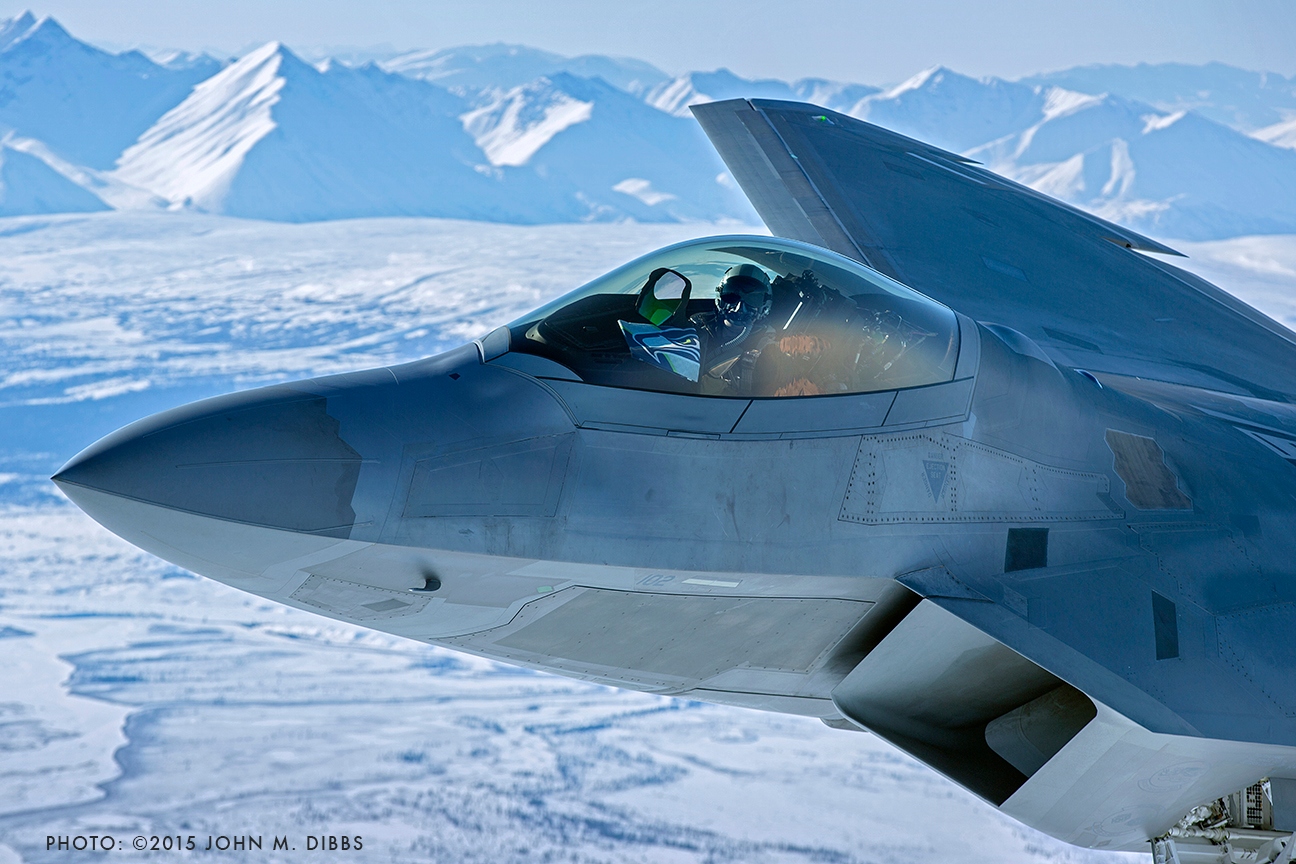
Yet, despite these formidable features, questions arose about the bomber’s range.
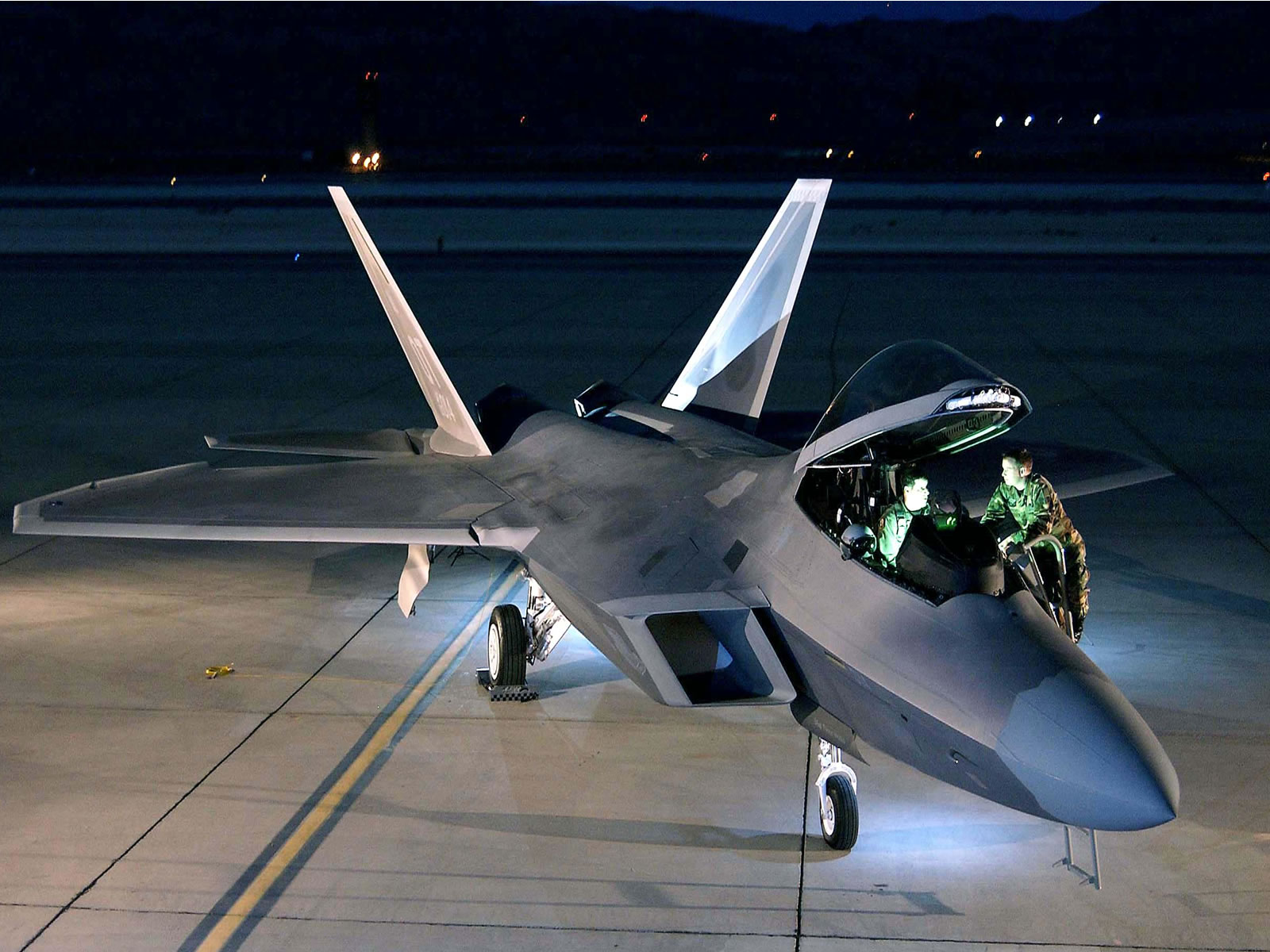
Based in locations such as Guam, Germany, or Qatar, could it achieve the necessary reach to strategic targets?
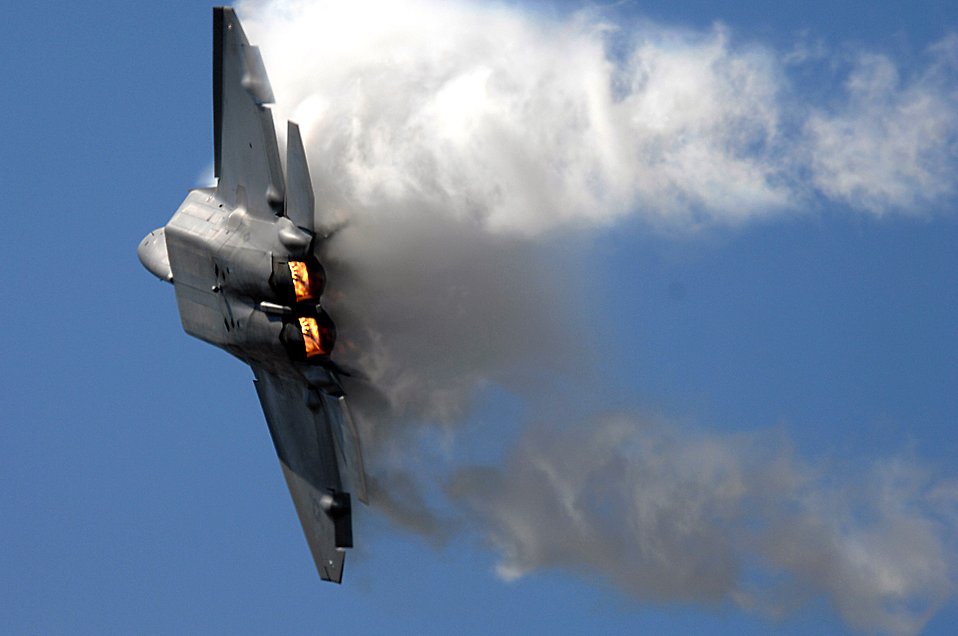
The FB-22’s development was ultimately halted, and the idea was shelved in favor of a new program that led to the B-21 Raider, a bomber with even greater stealth capabilities.
Relevant articles:
– FB-22: The U.S. Air Force Could Have Built an F-22 Bomber, The National Interest
– F-22 Bomber: Why Did US Air Force Reject Modified F-22 Raptors For B2 Stealth Bombers?, EurAsian Times
– The 4 Other Proposed Fighters Based on the Legendary F-22, Coffee or Die Magazine
